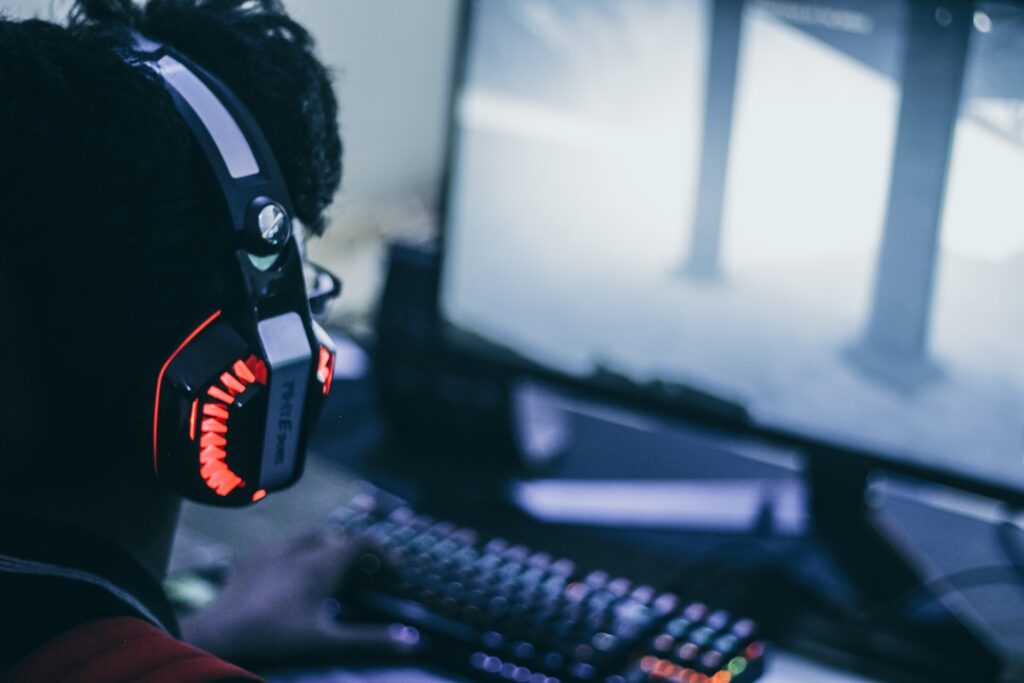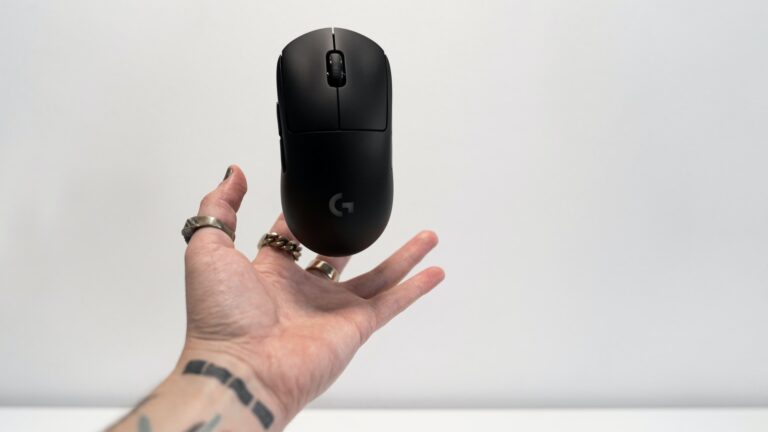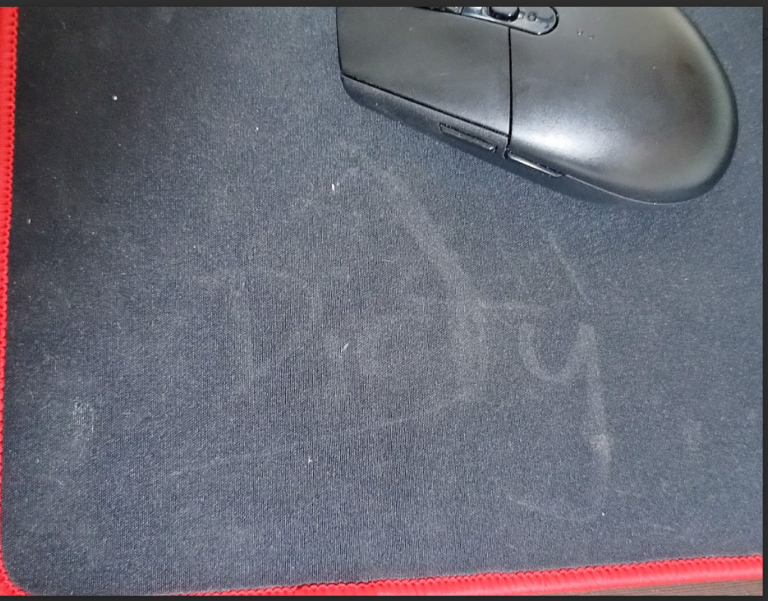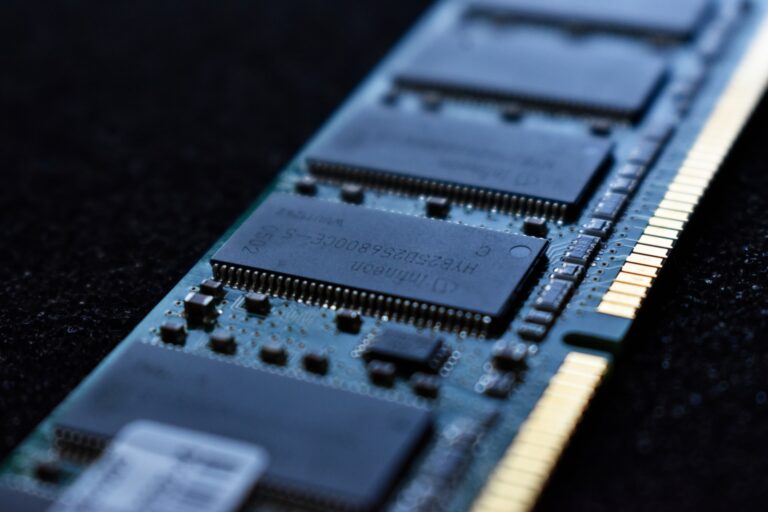How to Fix Low FPS when Gaming?
As a gamer, you know how aggravating it is when the frame rate drops below a certain threshold. It might make your game challenging to play and give it an amateurish, choppy appearance. If your frame rate is too low, don’t worry; there are a few things you can do.
To play the game, you must check the system requirements to see if your computer can handle them. Low frame rates are expected if your PC does not fulfill the minimum requirements. Your next step should be to update your drivers if your PC does meet the minimum specifications. The frame rate may need to be improved because of outdated drivers.
Most graphics card manufacturers provide a repository of up-to-date drivers on their websites. Reduce the game’s settings for another option. Although this won’t necessarily improve your frame rate, it will enhance the game’s visual quality. If you aren’t happy with the framerates, reducing the resolution, disabling anti-aliasing, and dialing down the detail settings can help.
If you’ve tried everything else and are still experiencing problems, upgrading your hardware may be the last resort. You should upgrade your graphics card if you use one of the older models. It’s the same with your central processing unit and random-access memory. Instead of shelling out cash for new parts, you may give overclocking your current gear a go.
A noticeable improvement in efficiency is a typical result. Though aggravating, low frame rates aren’t impossible to overcome. Updating your drivers and reducing the game’s settings may help if your PC needs to be more up to snuff. You may need to upgrade your hardware if the problem persists.

Why is there a slowdown? Low FPS.
Your computer’s frame rate (or FPS) may drop for various reasons. Both your computer’s specifications and the game might contribute to a decrease in frame rate. Your computer may be struggling to keep up with the demands of the game if it is outdated or lacks current hardware specifications.
More and more features are being added to games, which means that if your computer can’t keep up, your performance will suffer. There’s also the chance that the game’s code isn’t optimized; that’s a possibility with both brand-new and vintage games.
Even a high-end computer may have trouble keeping up with the demands of a poorly optimized game. Unoptimized games are usually to blame for frame rate decreases and other inconveniences. Ultimately, it’s conceivable that the drivers or OS on your PC are flawed.
A wide variety of performance difficulties may be caused by drivers that are out of the current. Therefore, it is vital that you always use the most recent versions available. It’s always a good idea to check for updates if you notice slowness. While framerate reductions and slowdowns are irritating, there might be various reasons.
It’s possible that your computer won’t be able to handle the game if it’s too old or has inadequate specifications. There might be an issue with your hardware, software, or the game’s optimization. If you’re experiencing slowness, checking for and installing any available driver updates is a brilliant place to start.
Why is High FPS Important?
Many factors contribute to the value of a high frame rate. The gameplay can run more smoothly, which is a significant benefit. The smoothness of the game’s visuals and gameplay is greatly enhanced by increasing the FPS.
The importance of every millisecond becomes apparent in fast-paced games like these. Having a better frame rate (FPS) than the competition is a big deal if you’re playing a competitive match. A high frame rate also helps with latency, which is why it’s vital. If you’re experiencing lag, you’re probably aware of how irritating it may be.
Having a high frame rate means your computer can quickly handle the game’s data, which helps lessen or eliminate any latency you might have. Finally, a high frame rate may be a boon to the quality of the game as a whole. Better frames per second mean more clarity in the game. You’ll feel more a part of the action and the game overall if you do this. As a result, you could have a better time while gaming.
Fixing Low Frame Rates Quickly
There are a few actions that you may do right away if your frame rate in-game is poor.
Stop any remaining background tasks: To find out which programs are hogging your computer’s processing power or memory, open the Task Manager (CTRL+SHIFT+ESC) and then navigate to the CPU or Memory tabs.

Refresh the game: The developers frequently deploy fixes that negatively affect performance. If you want to be sure you don’t miss an update, you should turn on automatic updates in Steam or whichever game launcher you use.
Refresh your display drivers: Your frames per second (FPS) might significantly increase due to optimizations and additional capabilities provided by GPU drivers. Be sure to keep them up to date using the software supplied by your graphics card manufacturer.
Find adjustments and modifications: Modders frequently devise novel approaches to enhance a game’s performance. This may involve making a game run at a constant 60 frames per second (FPS) or turning off elements absent from the game’s configuration menus.
Repair your install: If you are having unexpected performance difficulties, you should try visiting the game’s properties in your library by using a launcher such as Steam or Epic Game Store and looking for the Repair or Verify Integrity option. This will allow you to fix the problem.
What options can be Changed to Increase Frame Rate?
Game settings can boost FPS. Changing graphics quality can enhance FPS. By reducing graphical quality, the game will operate more smoothly. Detail level is another FPS-improving parameter. This parameter influences how much information is presented. Again, decreasing detail will reduce processing power and improve game performance.
Frame rate limit and v-sync can also enhance FPS. The frame rate cap limits the game’s framerate. Lowering the frame rate cap will reduce processing power and improve game performance. V-sync synchronizes the game frame rate with the display refresh rate. This reduces screen tearing and boosts FPS.
Ultimately, upgrading hardware improves FPS. Faster CPU, greater RAM, and a better GPU boost FPS. Even if the hardware isn’t upgradable, tweaking the game parameters can enhance FPS.
ALSO READ: AMD Freesync, Freesync Premium, and Freesync Premium PRO EXPLAINED
Conclusion
Gamers value high frames per second because it improves their real-time ability to see and respond to events in-game. A higher frame rate can also lessen input latency and screen tearing. Reduced frame rates can be remedied by implementing a few simple changes. One is to use the latest drivers for your graphics card. Try playing with the game’s settings down. You may give the windowed mode a shot and see whether it improves the gaming experience.


![What is Fast Startup? [Windows 10] 3 What is Fast Startup? [Windows 10]](https://technobrax.com/wp-content/uploads/2022/02/What-is-Fast-Startup-768x432.png)




